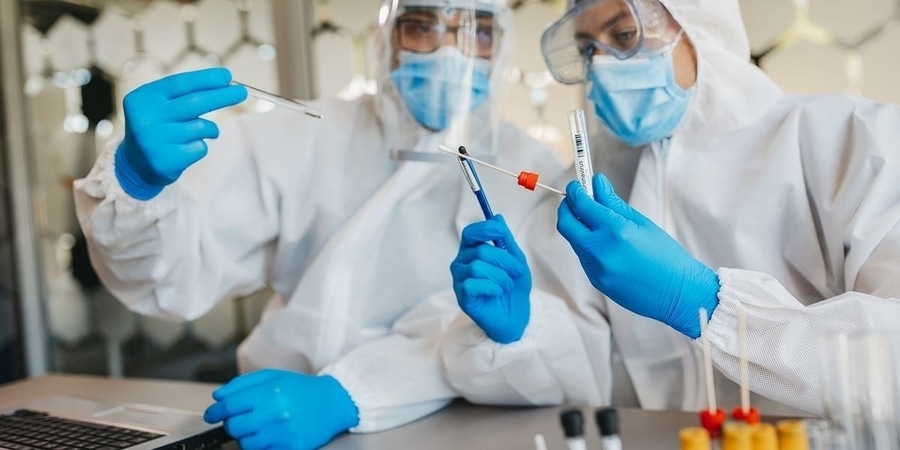
#Industry News
Tackling the Rising Demand for Diagnostic Testing
Planned efforts by stakeholders in the healthcare industry may resolve the challenges in diagnostic testing
Demand for diagnostic testing continues to rise due to converging factors. Noncommunicable diseases are widespread, where nearly 60 percent of adults in the US live with at least one chronic condition. The ageing population is also growing—according to the UK’s Office for National Statistics, in 2015, people over the age of 60 made up 12.3 percent of the global population, but their number is set to increase to 16.4 percent by 2030.
Meanwhile, there is a severe shortage of approximately 20,000–25,000 laboratory staff in the US with overall vacancy rates highest for chemistry/toxicology departments (12.7 percent) and lowest for cytology departments (3.9 percent).
These factors put a significant amount of pressure on healthcare professionals to maintain operations and address demand. Concurrently, there is an opportunity for stakeholders across the diagnostics industry—from healthcare professionals and pathologists to device manufacturers—to work together to alleviate some of this pressure with operational and device solutions.
1. Health care: localizing diagnostic services
An emerging solution in the US is the concept of a “medical village” comprising a community of healthcare professionals including diagnosticians, general practitioners, and even dentists. In these localized hubs—which are often closer to a patient’s home—practitioners offer a range of services typically associated with a hospital, but at a lower cost. With a variety of specialists available in the same place, patients can avoid long waiting times, and sometimes even get referred to relevant practitioners on the same day.
For example, there are now more than 300 Village Medical clinics providing localized care to patients in 14 states, including general wellness support, chronic care management, and diagnostic testing. These clinics are located in pharmacies for maximum convenience.
2. Pathology: adopting digital solutions
Digital pathology enables laboratories to share work electronically with clinicians around the world, allowing pathologists to quickly and easily get a second opinion from a subspecialist whose opinion would otherwise be unavailable This, in turn, can lead to reduced wait times for patients and fewer diagnostic errors.
A study in a large US pathology lab handling more than 200,000 cases per year revealed substantial savings of approximately $18 million over a five-year period after implementing digital pathology.
3. Manufacturing: optimizing diagnostic devices
When under pressure, it becomes crucial to support medical laboratory professionals with robust, user-friendly, and safe devices. For example, with more blood testing being carried out, intuitive and safe blood collection products may help phlebotomists work swiftly and with precision.
The demand for phlebotomists is forecast to grow by 10 percent by 2031 with current staff shortages expected to worsen. Additionally, certification and training requirements differ from state to state with training programs of varying durations and intensity, making a product’s ease-of-use doubly important.
A further area of innovation is point-of-care (POC) diagnostic devices, which can offer connectivity, quality assurance, and portability, and help boost diagnostic throughput. The prime example of this is at-home POC COVID-19 tests, which are expected to detect the virus at least 80 percent of the time in a swab sample from an infected individual.
Improving clinical outcomes
The need for diagnostic testing is likely to increase as patient numbers rise and healthcare services remain at capacity. However, simple and safe solutions coupled with digitized or consolidated services will help improve clinical scenarios and enable faster, equitable access to healthcare.
